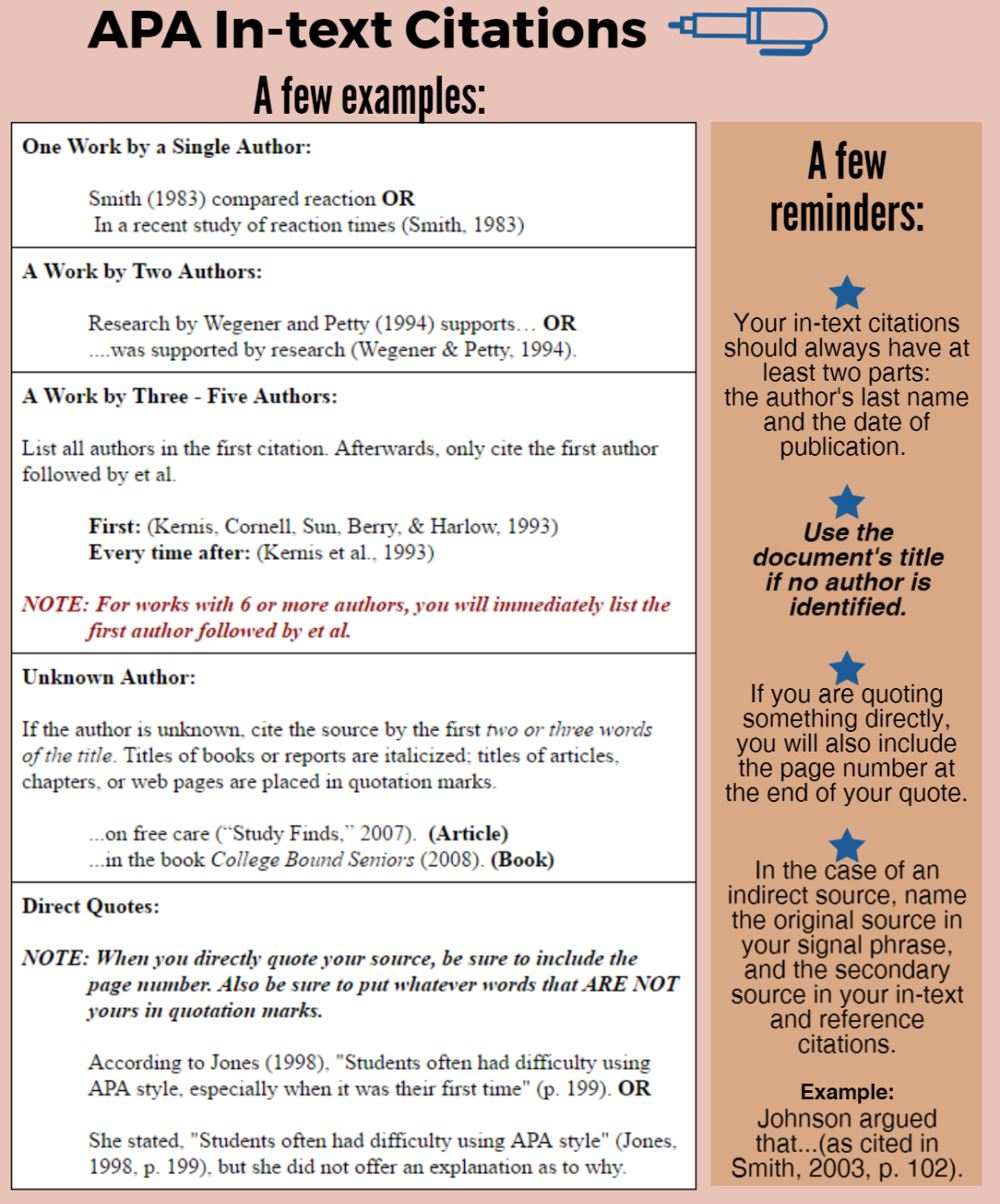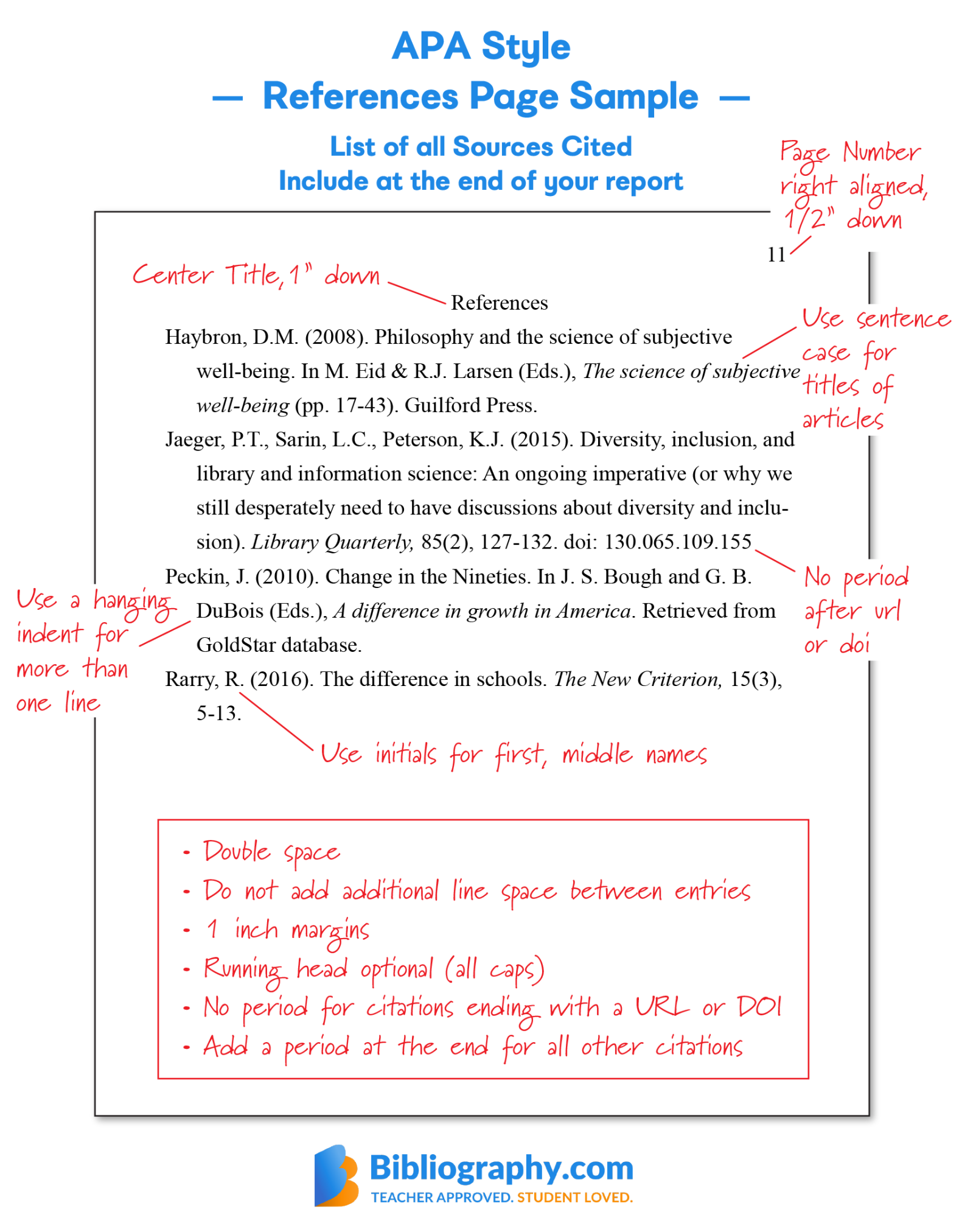Citations in APA Format: A Guide to Proper Referencing
What do you mean by citations in APA format?

In academic writing, citations play a crucial role in acknowledging the sources you have used to support your ideas and arguments. They provide credibility to your work and give credit to the original authors or researchers. APA (American Psychological Association) format is widely used in the social sciences and is known for its specific guidelines on citing sources.
How to cite sources in APA format?

To create citations in APA format, you need to follow a standardized structure for different types of sources. In general, an APA citation includes the author’s name, publication date, title of the work, and publication information. The specific format may vary depending on whether you are citing a book, journal article, website, or any other source.

Here is a basic example of an APA citation for a book:
Author: Smith, J. (Year). Title of Book. Publisher.
What is known about APA citations?
APA citations are known for their emphasis on providing a clear and concise reference for each source cited. In addition to the basic information, APA format also includes specific rules for capitalization, italics, abbreviations, and indentation. Understanding these rules is essential for creating accurate and consistent citations.
Another important aspect of APA citations is the inclusion of in-text citations. These are brief references within the text that direct readers to the complete citation in the reference list. In-text citations typically include the author’s name and the publication year.
The Solution: A Comprehensive Guide to APA Citations
If you are new to APA format or need a refresher, here is a step-by-step guide to help you create proper citations:
1. Identify the source type:
Determine whether you are citing a book, journal article, website, or any other type of source. Each source type has its own unique citation format.
2. Gather the necessary information:
Collect all the relevant information about the source, such as the author’s name, publication date, title of the work, and publication information. Ensure the accuracy of the information to create a reliable citation.
3. Use appropriate formatting:
Follow the specific APA guidelines for formatting your citations. Pay attention to capitalization, italics, punctuation, and indentation as per the prescribed rules.
4. Create in-text citations:
Insert in-text citations within your text to indicate when you have used information from a specific source. Include the author’s name and publication year for in-text citations.
5. Compile the reference list:
At the end of your document, create a reference list that includes all the sources cited in your work. Arrange them alphabetically by the author’s last name, and ensure consistency in formatting.
6. Double-check for accuracy:
Review your citations for any errors or inconsistencies. Verify that all the information is correct and matches the original source. Pay attention to punctuation, spacing, and the order of elements.
Additional Information on APA Citations
APA citations may seem complex at first, but with practice and familiarity, you can master the art of referencing. Here are a few additional tips and examples to help you create accurate APA citations:
Books:
Author: Author’s Last name, First Initial. (Year). Title of Book. Publisher.
Journal Articles:
Author: Author’s Last name, First Initial. (Year). Article title. Journal Title, Volume(Issue), Page range.
Websites:
Author: Author’s Last name, First Initial. (Year, Month Day). Title of web page/document. Retrieved from URL.
Conclusion
Citations in APA format are essential for academic integrity and proper attribution of sources. By following the guidelines provided by the American Psychological Association, you can ensure that your citations are accurate, consistent, and credible. Remember to carefully gather the necessary information, use appropriate formatting, create in-text citations, and compile a reference list. Practice and review your citations to maintain accuracy and avoid plagiarism.
FAQs about APA Citations
1. What if the source has multiple authors?
In APA format, include the last names and initials of up to seven authors. For sources with more than seven authors, use ellipses after the sixth author’s name and then provide the last author’s name.
2. How do I cite an online article without page numbers?
If the online article does not have page numbers, you can use paragraph numbers or section headings. If neither is available, omit the page number from the citation.
3. Can I use et al. in my in-text citations?
Yes, you can use et al. in your in-text citations when referring to a source with three or more authors. Include the first author’s name followed by et al. and the publication year.
4. Do I need to include URLs for websites in APA citations?
For most sources, including websites, you do not need to include the full URL in the citation. Instead, provide the domain name or homepage URL.
5. How do I cite a source within a source?
If you need to cite a source that you found within another source, mention both sources in your in-text citation. Use as cited in to indicate the original source and provide the secondary source’s details in your reference list.